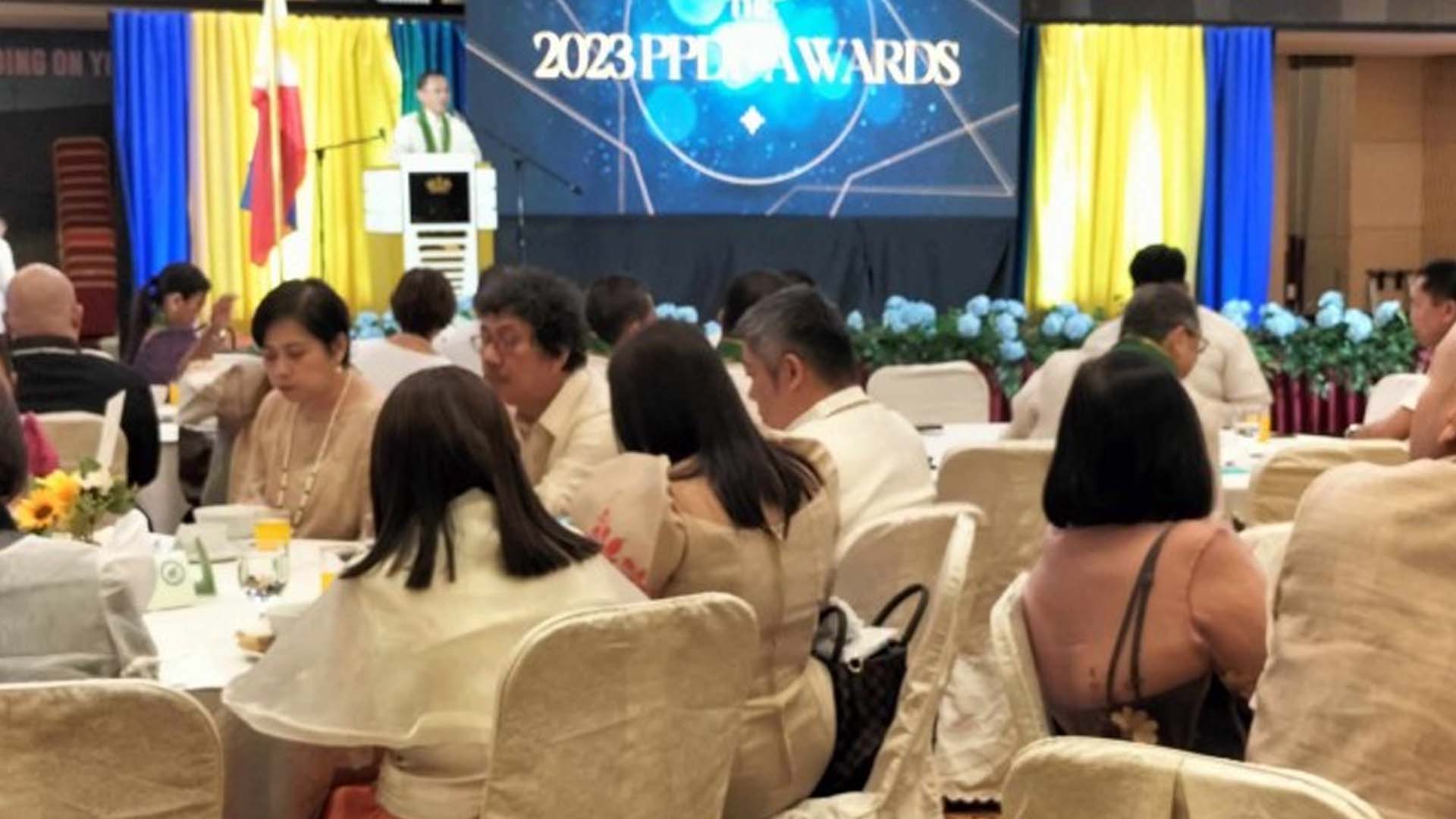The 2.2 percent fertility rate in Western Visayas is an indication that women have a voice in the number of children they want and they have access to family planning services.
In the 1970s, the average was six children and women could not achieve their desired number due to unmet needs, according to Harold Alfred Marshall, Commission on Population and Development (CPD) Western Visayas Director.
“The ideal fertility rate for a woman to replace herself in the population is 2.1 percent. We are nearing the replacement level, but that is very healthy. That is why we should maintain and sustain that level,” Marshall said in an interview during Friday’s awarding ceremony here for outstanding local population offices in the region.
“We want to keep it at a respectable level, not too high but not too low,” he added.
Marshall said the lower fertility rate is one of the conditions for achieving a demographic dividend or potential economic growth.
Data from the National Demographic and Health Survey showed that the total fertility rate of Filipino women aged 15 to 49 dropped from 2.7 in 2017 to 1.9 in 2022.
The total fertility rate is the average number of children a woman would have by the end of her childbearing years if she bore children at the current age-specific fertility rates, as defined by the Philippine Statistics Authority.
CPD Undersecretary Lisa Grace Bersales, in her keynote address during the ceremony, took note of the increasing trend of adolescent pregnancy, particularly for girls 19 years old and below.
The high increase of 35 percent was among 14-year-olds and below.
Marshall said this concern has to be given appropriate attention and service to prevent the occurrence or repeat pregnancy.
He cited development issues like gadgets, peer pressure, sense of identity and belongingness, and lack of access to correct information as factors behind the high pregnancy rate for the age bracket.
He added that the CPD could not do it alone, so they partnered with other government agencies like the Department of Health, Department of Social Welfare and Development, Department of Education (DepEd), and local government units.
He said DepEd has its age-appropriate comprehensive sexuality education.
CPD also has the “Ahlam Na!” mobile application that provides information online through games with levels that tackle puberty, human immunodeficiency virus, and fertility, among others.
It also has a referral pathway if the user wants more information about various topics on adolescent sexuality and reproductive health.
During the ceremony, 20 local government units received awards for their outstanding local population offices and collaborators in the implementation of population and development strategies. (PNA)





















